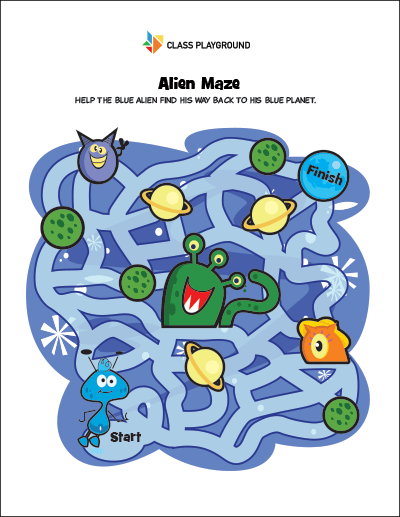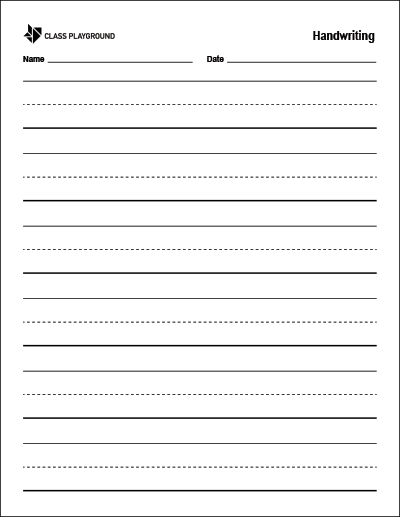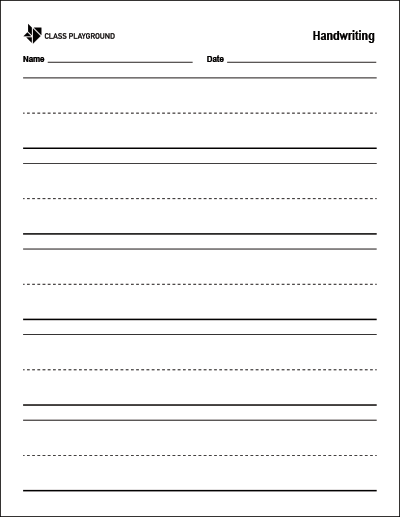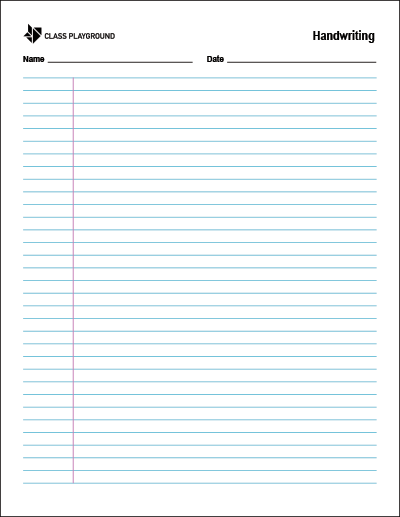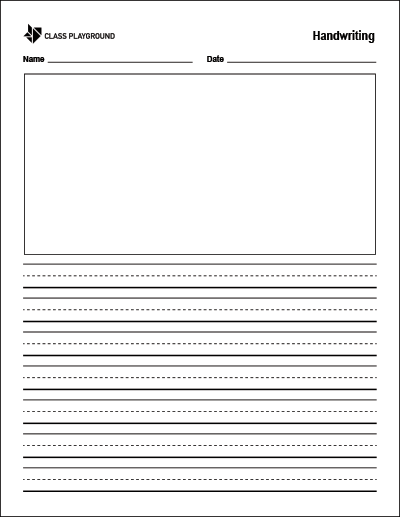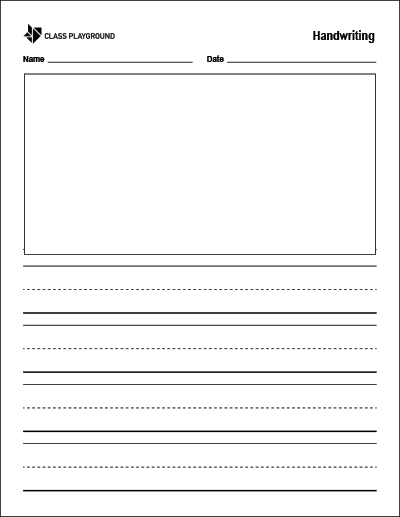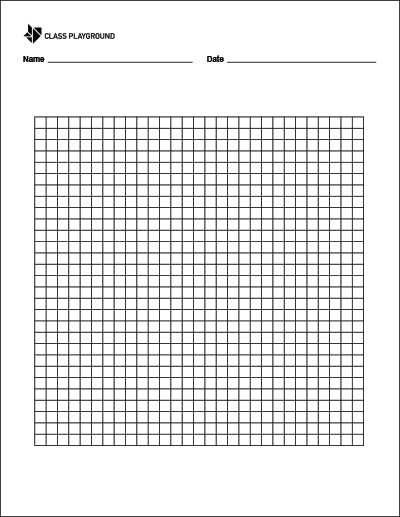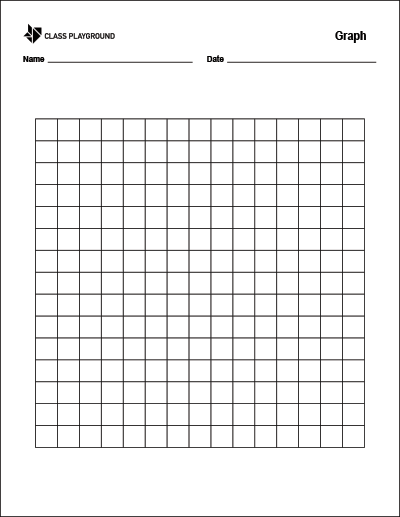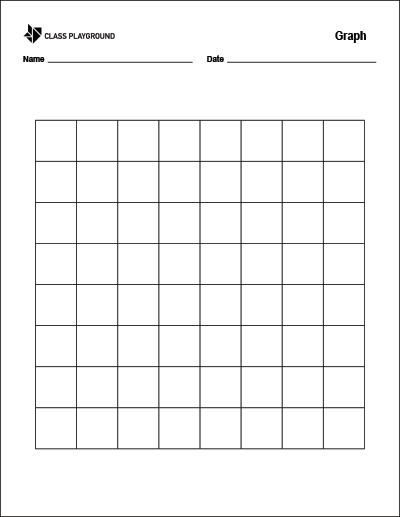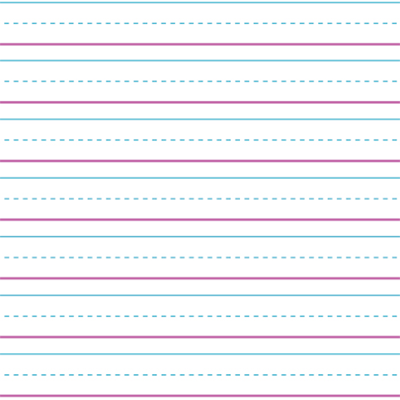What is handwriting?
Handwriting refers to the written formation of letter symbols. Even in the digital age handwriting is still a key skill. It’s closely tied to both early writing and reading because handwriting instruction supports children’s developing knowledge about both uppercase and lowercase letter identification.
Development of handwriting fluency also encourages early writing development. As forming letters becomes less laborious, children are often inclined to write more. More practice writing leads to development in writing content production and spelling skills.
Strategies for teaching letter formation
Letter formation instruction can begin with large motor experiences, such as “writing” letters in the air with a pointed finger. Letter formation practice that engages children’s senses is also helpful. For instance: forming letters in a tray of sand or with pieces of play dough engage children’s sense of touch.
The introduction of language for talking about letters’ components is essential, for instance, “big lines,” “little lines,” “big curves,” and “little curves.” Handwriting curricula use various terminology, consistency both at home and school is key. It is also crucial to teach children that letters are always formed by consistent strokes, starting at the top.
It is helpful to teach letters in a sequence determined by their forms. For instance, you might teach lowercase c, and then o, a, d, and g, which all begin by forming the same “c” shape.
Pencil grip and fine motor skills
Children must hold a writing implement correctly to achieve the best control for forming letters. Teach children to pick up a pencil with their thumb and index fingers, or thumb, index and middle fingers.
As children learn letter forms and proper pencil grip, they also must develop adequate hand and finger strength and fine motor coordination. Fine motor tasks involve small movements of the wrists, hands, and fingers (and also the feet and toes, for activities other than writing).
Activities
Build hand strength with activities like:
- Squeezing dough, putty, or squishy toys like a “stress ball”
Build fine motor coordination for grasping a writing implement with a pincer grip by encouraging children to engage in activities like:
- Picking up small pieces of dry cereal or other snacks
- Building with and taking apart small interlocking toys, like LEGOs
Build children’s knowledge of letter forms by practicing writing or building letters:
- In a tray of sand, flour, salt, or shaving foam
- By rolling “snakes” of play dough or clay and using them to form letters
- From sticks, pipe cleaners, etc.
Be sure to be aware of potential choking hazards when providing young children with small toys and other items.

